A Complete Guide to Growing and Caring for Your Aloe Vera Plant Indoors
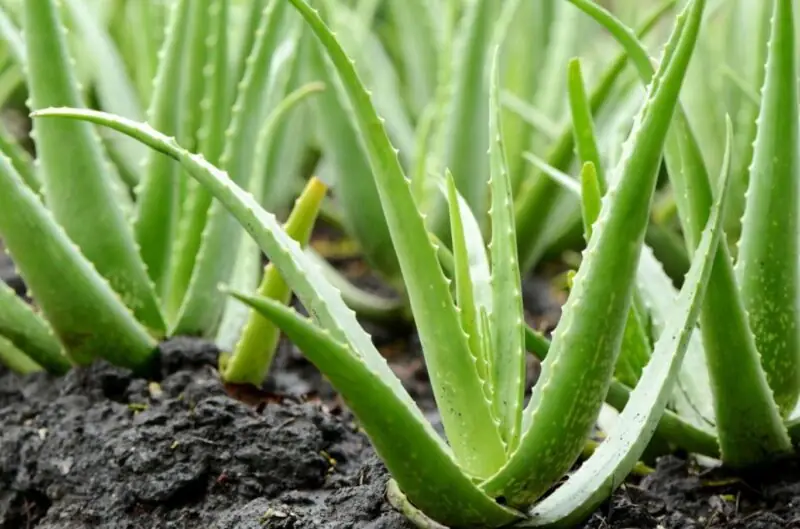
Good day, fellow garden enthusiasts! It’s high time we turned our attention to a rather splendid specimen: the aloe vera plant. This houseplant, native to arid desert environments, has captivated plant lovers with its unique form and renowned health benefits for centuries. The distinct succulent is not only a striking addition to your indoor plant collection but also a veritable botanical apothecary.
Aloe Vera Plant: Understanding The Basics
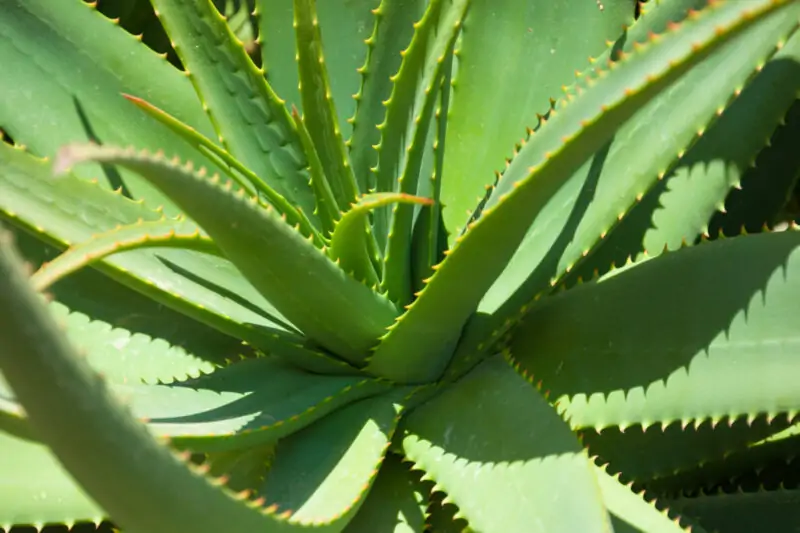
In order to appreciate the splendid nature of aloe vera, we must first delve into its basic characteristics. You see, the aloe vera plant is a peculiar succulent, distinguished by its fleshy, lance-shaped leaves that fan out from a central point, creating an interesting rosette pattern. This botanical wonder holds within its leaves a gel-like substance that has been used throughout history for its medicinal properties. Quite remarkable, isn’t it?
This genus is not limited to one kind, there’s a diverse array of aloe species – over 500 to be exact! They range from small potted aloes to towering specimens. Each variant brings with it a unique charm, yet all share the hardy, resilient nature inherent to this genus. They truly are desert survivors, with the capacity to store water within their leaves to endure periods of drought.
Aloe Vera Plant Care Guide
Light Requirements for Aloe Vera Plant
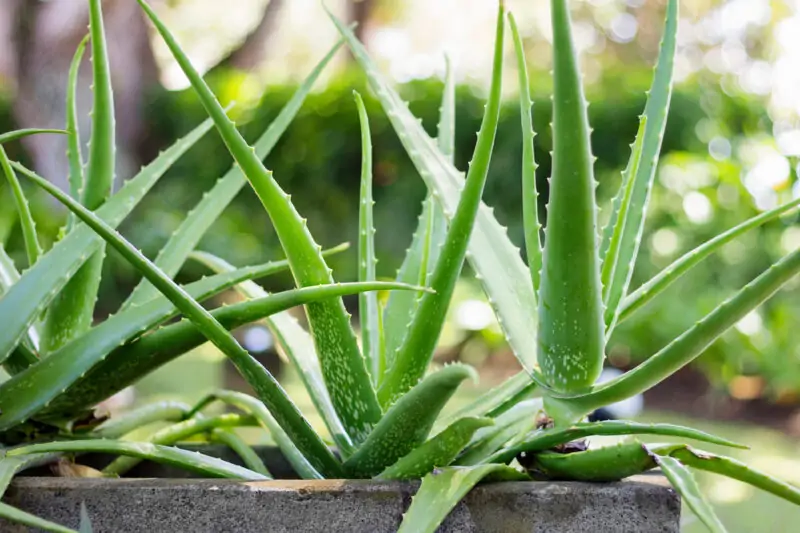
In the wild, our friend the aloe vera luxuriates in the bountiful sunlight of desert landscapes. Here’s the rub: you need to replicate these conditions for your aloe indoors, too. Your plant would truly relish a spot awash with plenty of indirect light, perhaps stationed near a south-facing window. Now, don’t let the term ‘desert’ mislead you into overexposing the plant. While aloe is generally hardy, it’s not especially fond of the scorching midday sun. If you notice your plant’s leaves adopting a tan, it might be the plant’s subtle way of saying it’s getting too much direct sunlight. Not to worry though, just sidestep any potential sunburns by moving your plant a smidgen away from the full sun, and your aloe will be as chipper as ever.
Best Soil for Aloe Vera Plant Indoors
Now, let’s turn our attention to the foundation of your aloe vera’s home – the soil. Growing aloe vera successfully indoors hinges on selecting the right soil. Much like the sandy soils of its arid native terrain, your aloe vera plant has a penchant for a well-draining soil mix, which allows the soil to dry out completely between waterings. An off-the-shelf cactus or succulent soil mix can serve this purpose splendidly. If you fancy yourself a bit of a green-thumb alchemist, you could concoct your own mix by combining regular potting soil, coarse sand, and a smattering of perlite or pumice. Remember, the key here is excellent drainage – a waterlogged aloe is a sad sight indeed! Keep the plant’s base above the pot’s water drainage holes and you’ll keep your aloe as happy as a clam at high tide.
Watering the Aloe Vera Plant
Aloe vera plants store water in their plump leaves, meaning they are not as thirsty as you might think. Overwatering is indeed a common pitfall in aloe vera care. How often should you water, then? The answer lies in the soil – let it dry out completely before watering again. When you do water, drench the soil thoroughly, but ensure it drains well, leaving no standing water in the pot’s saucer. During winter, cut back on watering even more. Your aloe vera plant will thank you!
Understanding the Temperature and Humidity Needs
Aloe vera is not too picky when it comes to temperature and humidity. A temperature range of 13-27°C suits this plant just fine, making it a good fit for indoor conditions. As for humidity, they do well in dry air, but they also tolerate humid environments. Just avoid placing your aloe near radiators or drafty windows, and it will do just fine.
Fertilizer Requirements for Aloe Vera Plant
While aloe vera is not a heavy feeder, a bit of fertilizing can encourage vigorous growth. During the growing season (spring and summer), feed your aloe vera a balanced houseplant fertilizer diluted to half strength. This should be done every month or so. Come winter, your succulent will enter a period of rest and won’t need any feeding. Simple, isn’t it?
Aloe Vera Plant Care Problems and Solutions
Even with the best care, your aloe vera might face some issues. Browning leaves could indicate sunburn or overwatering, while shriveled leaves suggest underwatering or cold damage. Fungal diseases can arise from excess moisture. The solution? Maintain proper watering, ensure good drainage, and provide the right amount of light. With these precautions, your aloe vera plant will stand strong and healthy, ready to grace your indoor garden with its unique charm.
Propagating Aloe Vera Plant
Now, let’s move on to an intriguing aspect of aloe vera plant care: propagation. The aloe vera plant reproduces through the generation of offsets, or ‘pups’ as I prefer to call them. These pups are mini-me’s that sprout up from the base of the mother plant, an exact replica of the parent. A whole new plant from the old – the circle of life in your very own living room!
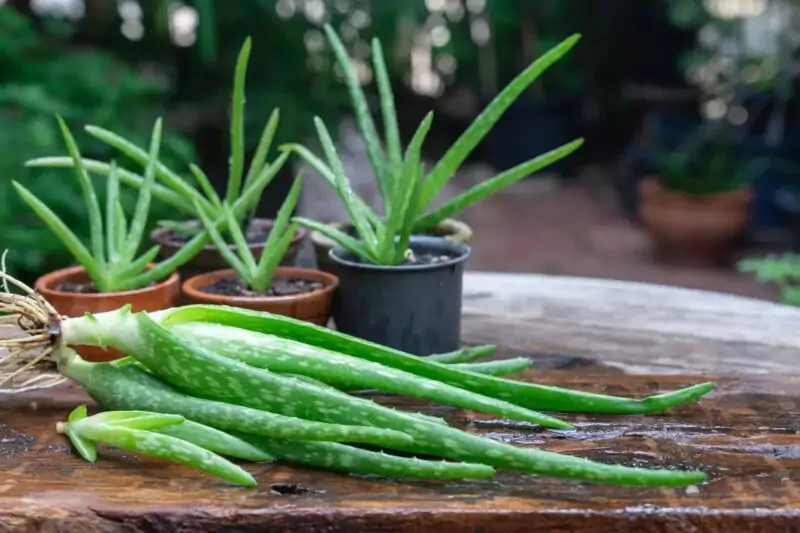
To propagate aloe vera, carefully remove a pup when it has grown a few inches tall and developed roots of its own. Ensure that you are gentle during this process to avoid damaging the mother plant or the pup. Once the pup is separated, allow it to dry for a day or two before planting it in well-draining potting soil. After a few weeks, the new plant should be well-rooted and ready to grow on its own. It’s like watching your child go off to university, isn’t it?
How to Harvest Aloe Vera Plant
To harvest your aloe vera plant, you’ll need to wait until it’s mature and has thick, juicy leaves. This usually takes about 8 to 10 months from the time the plant was potted.
Once the plant is ready, identify a leaf that is healthy, thick, and located towards the bottom of the plant. These leaves are the oldest and contain the most aloe gel.
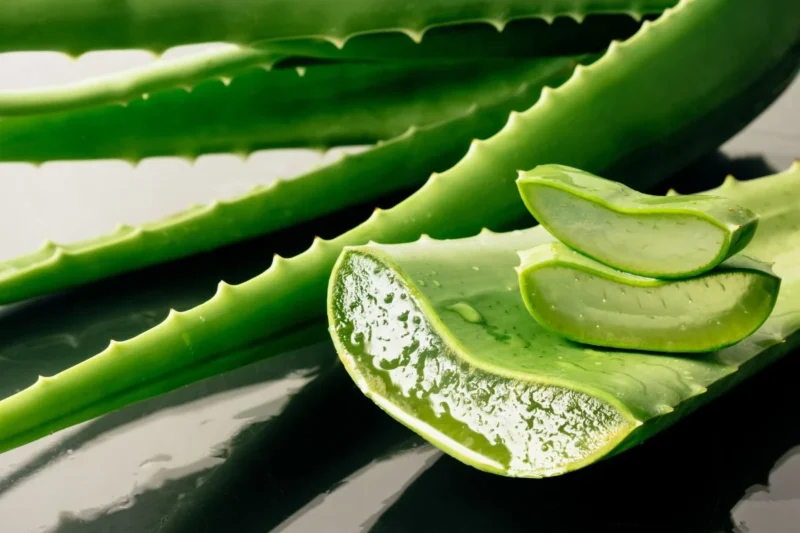
Using a sharp, clean knife, cut the leaf off close to the base of the plant. Make sure to slice away from your body to prevent any accidents.
Now, here comes the fun part! After you’ve harvested the leaf, you can extract the aloe gel. Place the leaf in a cup with the cut end down to let the aloe latex (a yellowish liquid that can be an irritant) drain out. After about 15 minutes, you’re ready to extract the gel.
Place the leaf on a cutting board and slice off the serrated edges. Then, using your knife, carefully peel off the top layer of the leaf to reveal the clear aloe vera gel inside. You can then scoop out the gel using a spoon or your knife.
Remember to use the gel immediately or store it in a refrigerator to maintain its freshness. Also, be aware that aloe latex, which lies just under the surface of the leaf, can cause skin irritation and is not safe for consumption, so try to get as pure gel as you can.
Uses of Aloe Vera Plant
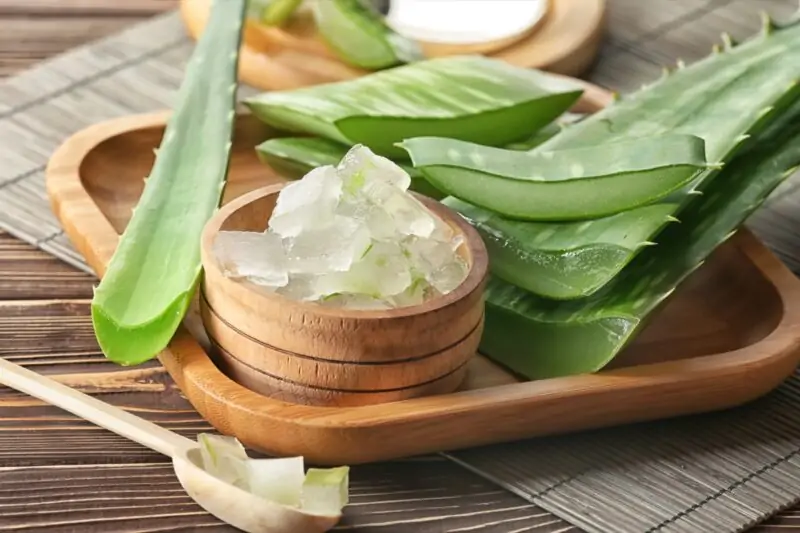
Aloe vera, besides being a fascinating plant to grow, has a myriad of uses. Topical use of aloe vera gel is quite popular and can be applied directly to the skin for sunburns and other skin conditions. It’s like having a soothing balm right in your home. Just cut an aloe leaf open and voila – instant sunburn relief!
The gel can also be used in beauty routines, contributing to healthy, glowing skin. It’s quite amusing, really. Who knew that this hardy desert plant could be the secret to the youthful complexion we all strive for?
Remember to be cautious when using aloe vera, though. While the gel is generally safe for topical use, the aloe latex found beneath the plant’s skin can cause irritation if ingested.
Buying an Aloe Vera Plant
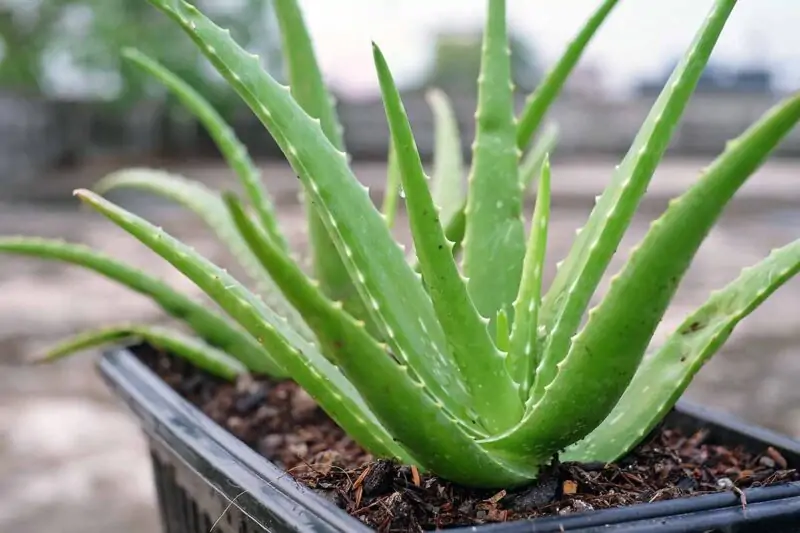
With all these benefits, it’s understandable that you might want to get an aloe vera plant for yourself. When looking to buy an aloe vera plant, examine the plant carefully. Ensure it has thick, green leaves and no sign of pests or disease. A healthy aloe is a hardy aloe and will reward you with years of growth.
You might wonder where to buy an aloe vera plant. Nurseries and garden centers often have a selection of aloe vera plants for sale. Additionally, many online platforms offer a variety of aloe plants to choose from.
FAQs
In my years of gardening, I’ve fielded numerous queries about aloe vera plants. One common question is, “Why is my aloe vera plant turning brown?” Browning often indicates sunburn, which can occur if the plant is exposed to intense, direct sunlight. Simply moving the plant to a slightly shadier spot can rectify this.
Another frequent question is about trimming an aloe vera plant. You can cut back an aloe vera plant to manage its size or to harvest the gel. Just make sure to use a clean, sharp knife and not to cut more than a third of the plant at a time. A plant, after all, is not unlike us – it doesn’t take kindly to a drastic haircut!
And of course, many folks want to know if they can keep their aloe vera plant indoors. The answer is a resounding yes! Aloe vera makes an excellent houseplant given its adaptability to indoor environments.
Conclusion
In essence, the aloe vera plant is a delightful addition to any home or garden. Its hardiness, combined with its myriad of uses and potential health benefits, make it an invaluable member of your houseplant collection. From growing an aloe vera plant to using its soothing gel, every step with this remarkable succulent is a journey worth embarking on.